Catching (and Releasing) Squirrels
Toolik Field Station, North Slope, AK
June 23, 2019
Photo of the Day:
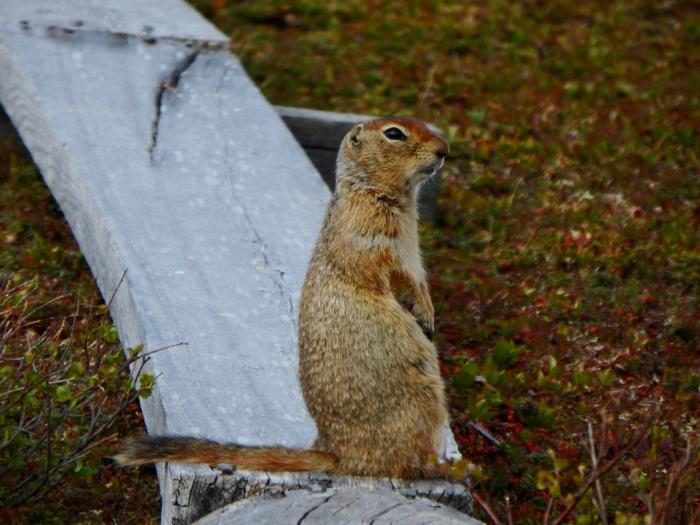
Today was a change of pace, as I was able to join “Team Squirrel” on their final day at Toolik. This group of researchers consists of Dr. Cory Williams, Dr. Helen Chmura, and graduate student Cassandra Duncan, all from the University of Alaska Fairbanks. The team is specifically interested in the circadian rhythms and circannual cycles of Arctic ground squirrels (Spermophilus parryii).
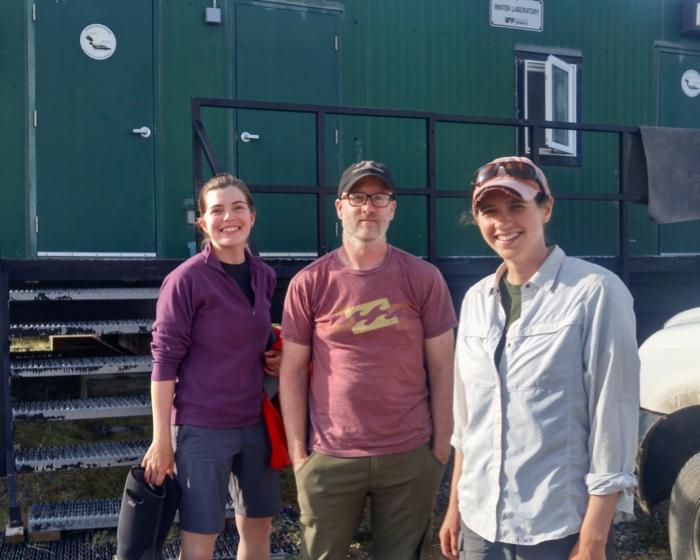
The Arctic ground squirrel (called siksik in the native Inuktitut, a name which references its characteristic vocalization), has a very interesting phenology. There is constant daylight during the summer up here in the Arctic (check out this video I took), yet evidence suggests the Arctic ground squirrel is still able to maintain a circadian rhythm during this time period.1 This species also hibernates from fall to spring and is somehow able to survive despite its body temperature dropping to as low as −3°C.2
To study these cycles, the research team traps Arctic ground squirrels on the North Slope and equips them with collars containing light sensors and temperature loggers, as well as radio transmitters. Using this technology, they are able to obtain an impressive amount of data. Light loggers are used to determine when squirrels go into and come out of their burrows. Temperature loggers allow for analysis of hibernation (temperature drop). In addition, temperature data can be used to analyze timing of reproduction, as females exhibit a spike in temperature when they give birth.
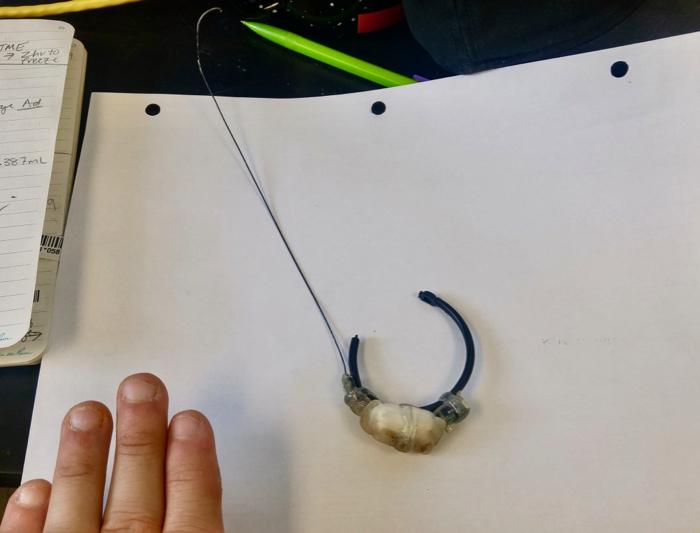
The team works as part of a long-term study at two different sites, one at Toolik Field Station (started by Dr. Brian Barnes), the other near Atigun Gorge. The Toolik site has been monitored for over 30 years, and data from this site was used to first determine the above-cited circannual and circadian cycles in the Arctic ground squirrel. This summer, the group has also been collecting data for a pilot project investigating seasonal variation in immune investment. In other words, are Arctic ground squirrels equally likely to mount an immune response to a challenge at all parts of the year?
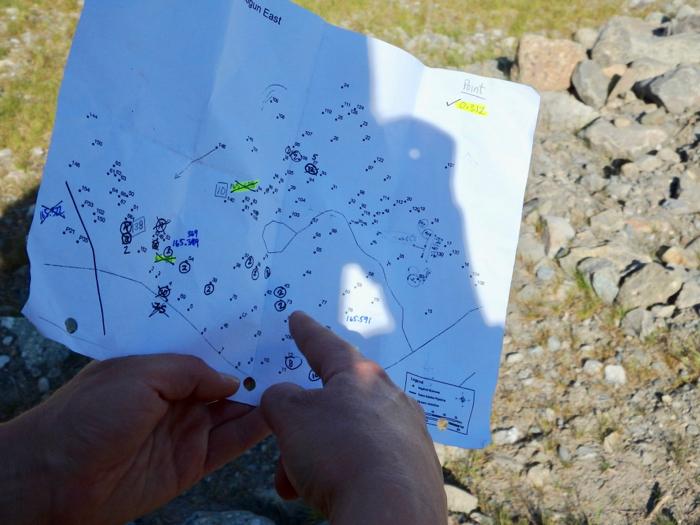
This morning, I accompanied Dr. Helen Chmura to the Atigun Gorge site to set squirrel traps. With traps strapped to external frame backpacks and fanny packs full of carrots, we explored the tundra to determine the locations of recently used burrows.
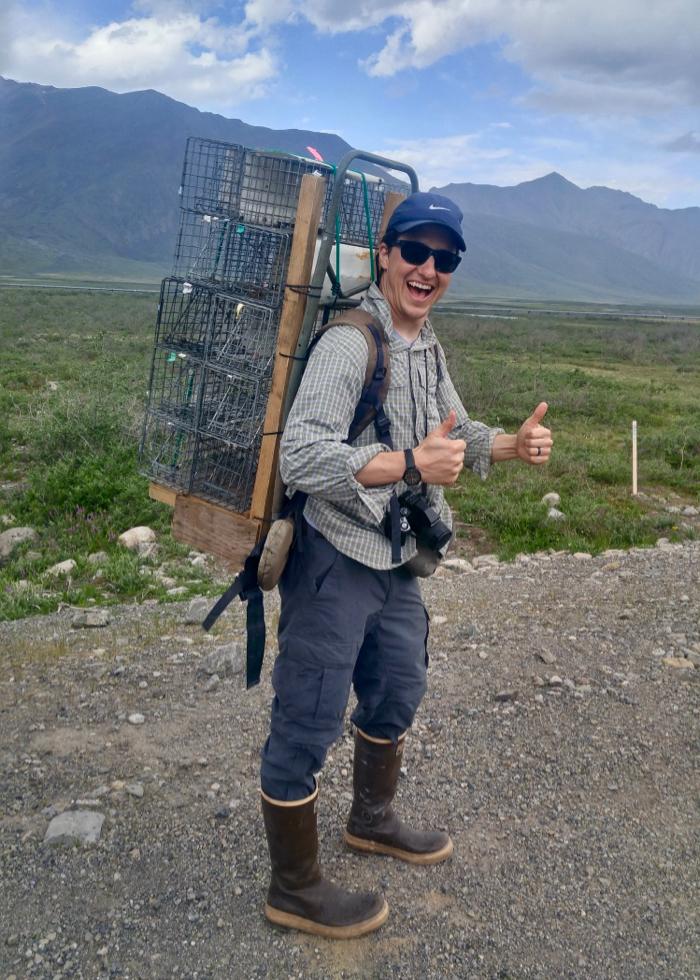
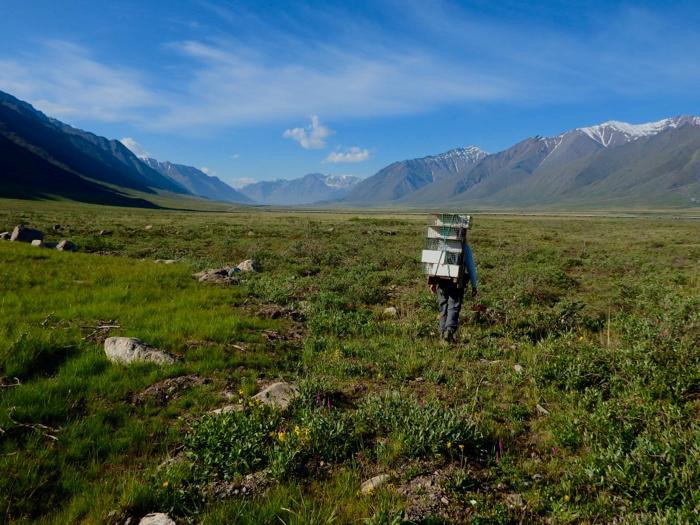
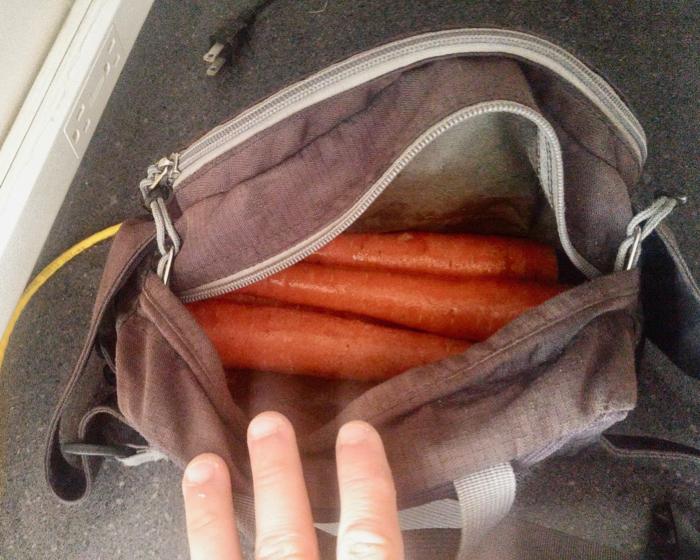
Traps were set as good locations were determined, using carrots as bait. Dr. Chmura was very kind to explain the process to me, which I’ve summarized in the below video and photos:
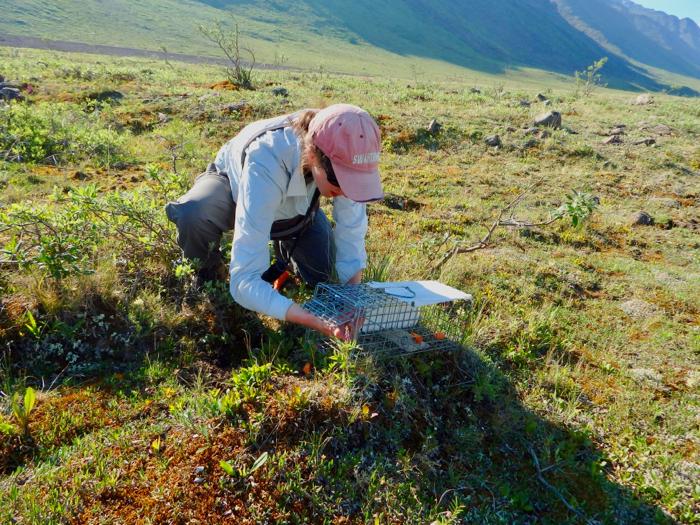
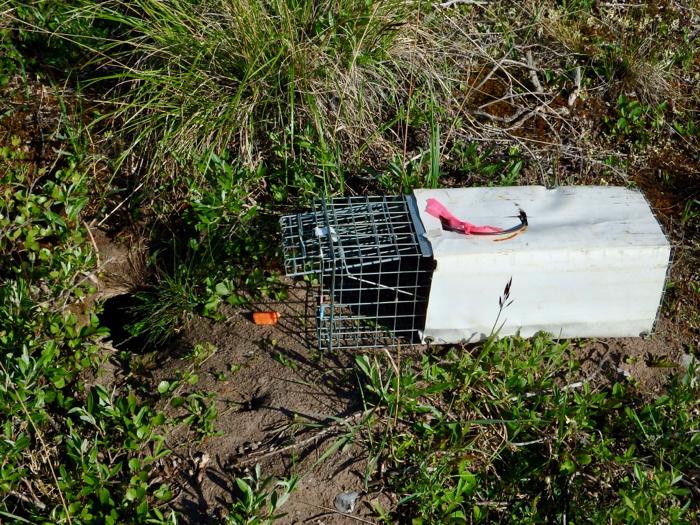
Once we had finished setting all the traps, midday had already set in, and it was time to go back and check them in the order they were set. I’m pleased to report that with a total of one trapped squirrel, we didn’t get skunked! Unfortunately, however, the captive was a female; only males were needed for this portion of the study, so this was a quick catch and release:
In the evening, I returned to the same site with the group to release some squirrels that had been collared at Toolik Field Station. It was great to see these squirrels sprint back out onto the tundra!
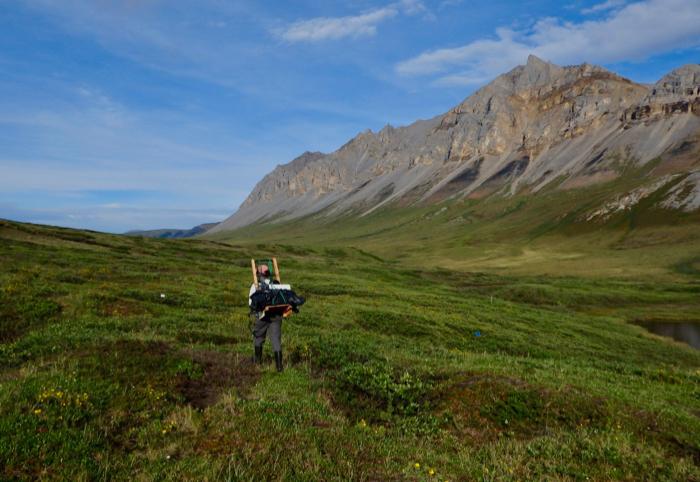
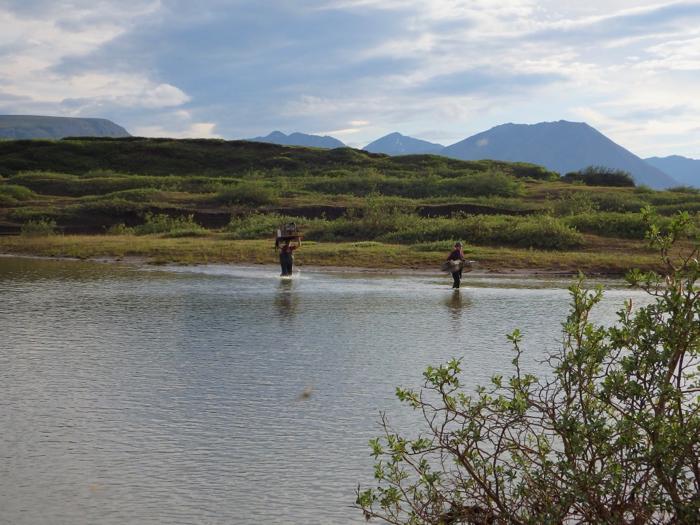
Comment below!
-
National Science Foundation. Arctic Ground Squirrels - Science Nation, www.nsf.gov/news/special_reports/science_nation/arcticgroundsquirrels.jsp. ↩︎
-
Barnes, B. “Freeze Avoidance in a Mammal: Body Temperatures below 0 Degree C in an Arctic Hibernator.” Science, vol. 244, no. 4912, 1989, pp. 1593–1595. ↩︎


Comments